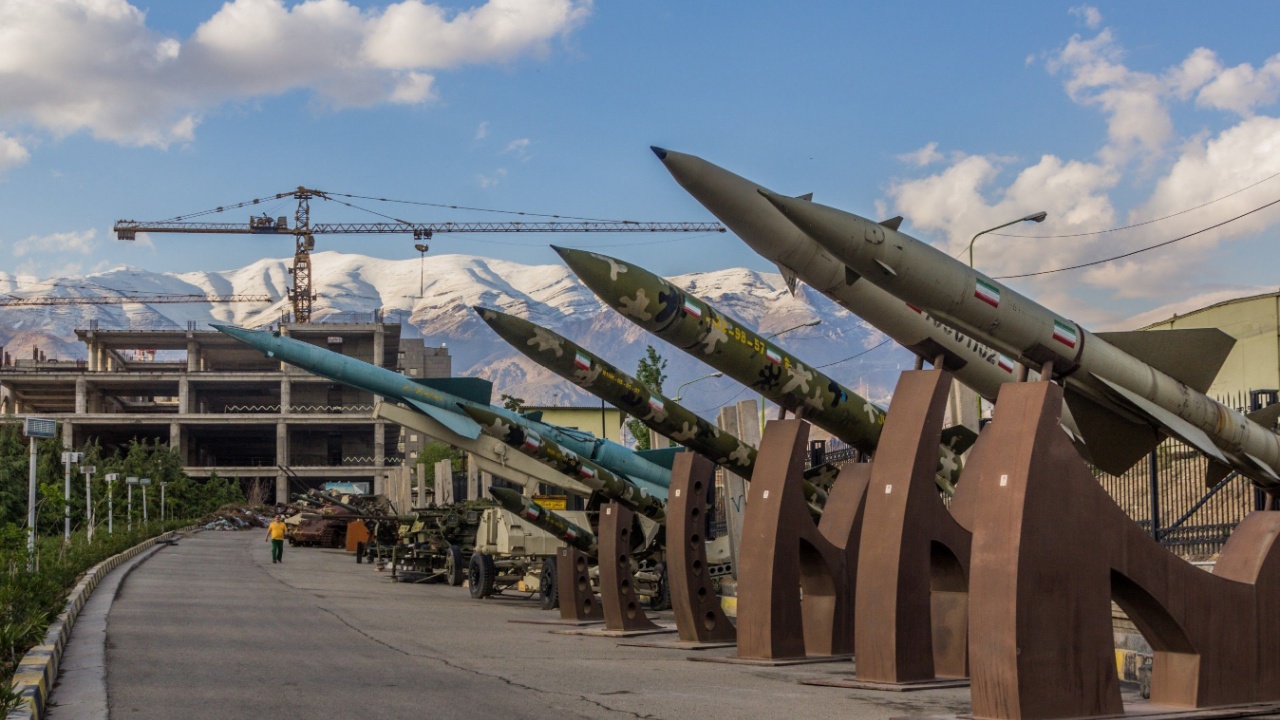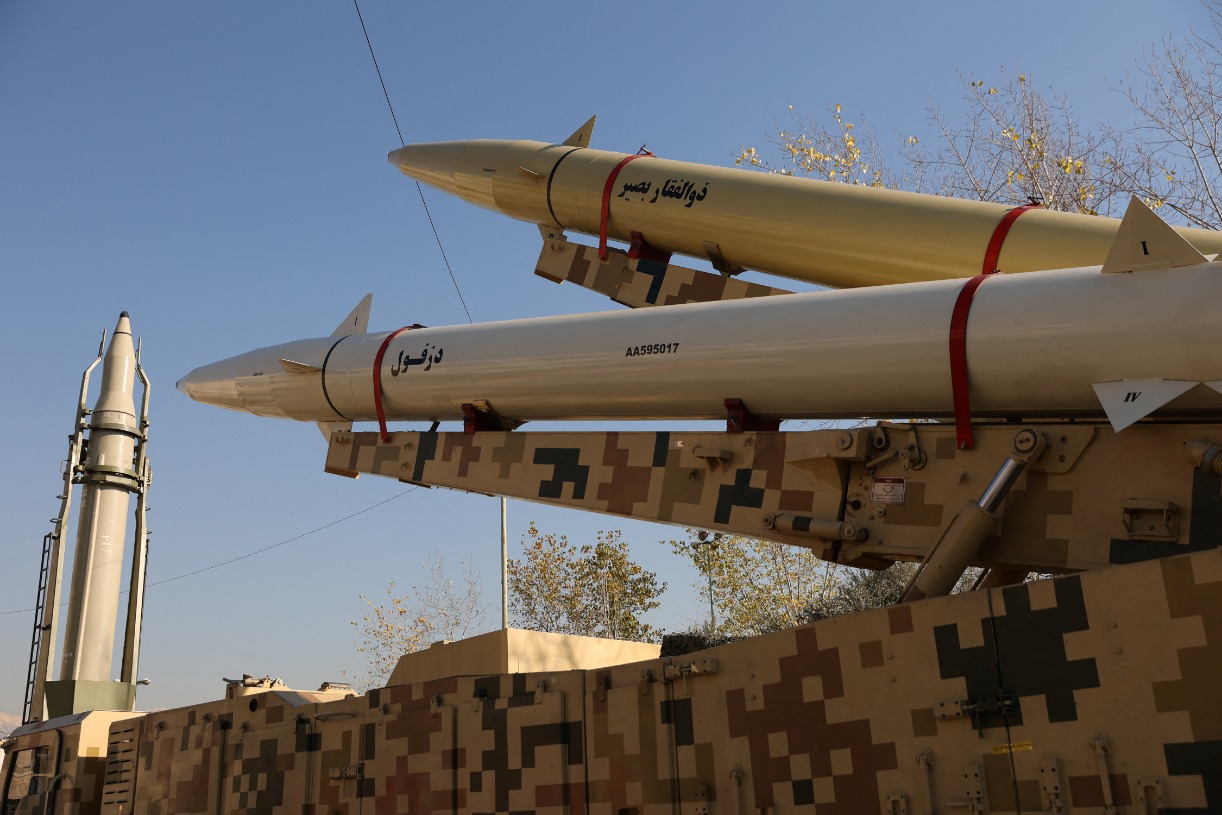Israel Should Worry: Iran Has 3,000 Ballistic Missiles Ready to Attack
A war between Israel and Iran would mainly be one of long-range strikes. The geographical separation of the two countries and their limited to non-existent expeditionary warfare capabilities mean that air power and long-range munitions would be the main tools of warfare
What You Need to Know: In 2022, U.S. Marine Corps Gen. Kenneth McKenzie estimated that Iran and the Islamic Revolutionary Guard Corps possess over 3,000 ballistic missiles, including short- and medium-range types capable of reaching targets up to 1,300 miles away. Tehran is also developing intercontinental ballistic missiles to extend its strike capabilities.

-In addition to ballistic missiles, Iran has thousands of cruise missiles like the Meshkat and Soumar, which, although shorter in range, are dangerous due to their low-altitude flight paths that evade radar detection. Furthermore, Iran deploys thousands of suicide drones that can overwhelm enemy air defenses.
-In a potential war with Israel, characterized by long-range strikes, Iran's robust missile arsenal could inflict significant damage despite Israel's strong air defenses and support from allies like the United States.
Assessing Iran's 3,000 Ballistic Missiles and Their Reach
In 2022, U.S. Marine Corps Gen. Kenneth McKenzie, the commander of U.S. Central Command, assessed that the Iranian military and the Islamic Revolutionary Guard Corps could field more than 3,000 ballistic missiles of all types.
Iranian forces possess a diverse arsenal of ballistic munitions, including short-range and medium-range ballistic missiles.
The largest and most capable of these munitions can reach targets up to 1,300 miles away.
Tehran has also been working on an intercontinental ballistic missile capability to greatly improve its ability to strike at range.
In addition to ballistic missiles, Iran has thousands of cruise missiles. Munitions like the Meshkat and Soumar land-attack cruise missiles have a shorter range than large ballistic missiles, and less destructive power, but they are still dangerous and deadly.
Cruise missiles are especially dangerous because they can fly at low altitudes and stay below a radar’s line of sight. Modern cruise missiles can also fly close to terrain features such as mountains, hills, and valleys, to hide themselves until their final approach. In addition, these missiles can fly in circuitous routes in order to bypass enemy radar and air-defense systems. Tehran’s cruise missile arsenal isn’t necessarily the most capable, but it is still dangerous.
Furthermore, the Iranian military can also deploy thousands of suicide drones. These loitering munitions might be smaller and less powerful than ballistic or cruise missiles, but they can still land a heavy punch, and they can be used to overwhelm or deplete enemy air defenses.

Indeed, the Iranian attack against Israel clearly used that combined approach, with cheaper suicide drones launched earlier to attract the attention of Israeli defenses.
A war between Israel and Iran would mainly be one of long-range strikes. The geographical separation of the two countries, and their limited to non-existent expeditionary warfare capabilities, mean that air power and long-range munitions would be the main tools of warfare.
The Israeli air defenses are strong, as the recent attack showcased. Moreover, Israel can depend on powerful allies, including the United States, for early warning and interception assistance in the event of an Iranian attack.
Nevertheless, the Iranian long-range arsenal is powerful and can inflict heavy losses on Israel in the event of a full-scale conflict.
About the Author
Stavros Atlamazoglou is a seasoned defense and national security journalist specializing in special operations. A Hellenic Army veteran (national service with the 575th Marine Battalion and Army HQ), he holds a BA from the Johns Hopkins University, an MA from the Johns Hopkins’ School of Advanced International Studies (SAIS). He is pursuing a J.D. at Boston College Law School. His work has been featured in Business Insider, Sandboxx, and SOFREP.
Image Credit: Shutterstock.


